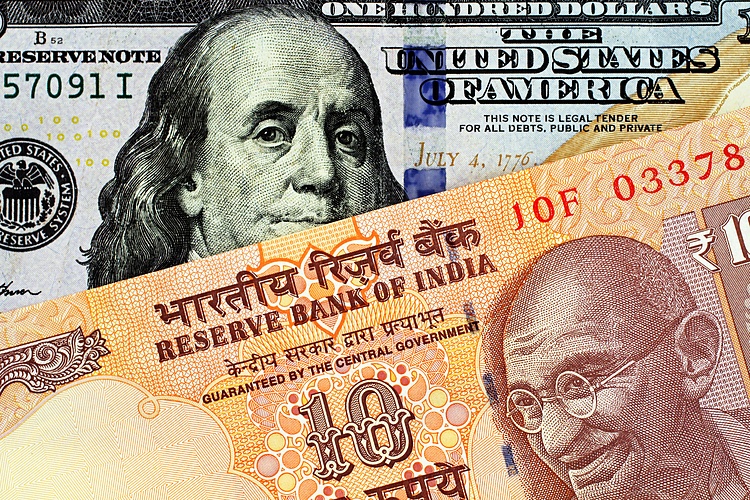The Indian Rupee (INR) weakened in Thursday’s Asian session due to a combination of factors including a muted sentiment in Indian markets and a firmer USD. However, the INR could see a boost from robust Indian macroeconomic fundamentals and the inclusion of government bonds in global indices, attracting foreign investors. The release of the US Consumer Price Index (CPI) inflation data will be a key focus on Thursday, along with the US Initial Jobless Claims and speeches from Federal Reserve officials Lisa Cook and John Williams.
FTSE Russell recently announced that Indian sovereign bonds will be added to its Emerging Markets Government Bond Index (EMGBI), following similar moves by JP Morgan and Bloomberg Index Services. The Reserve Bank of India (RBI) decided to keep the repo rate unchanged at 6.5% but changed the policy stance to neutral. The Indian central bank also maintained the CPI inflation estimate for FY25 at 4.5% and GDP growth estimates for FY25 at 7.2%. Meanwhile, the Federal Open Market Committee (FOMC) members agreed to cut interest rates in September, with some uncertainty regarding the aggressiveness of the move.
In terms of technical analysis, the USD/INR pair continues to maintain a bullish stance in the longer term. The price is holding above the descending trend line and the key 100-day Exponential Moving Average (EMA) on the daily chart. The 14-day Relative Strength Index (RSI) suggests that the support level is likely to hold rather than break. The 84.00 psychological level poses a challenge for USD/INR bulls, with a potential rally towards the all-time high of 84.15 and further to 84.50 if sustained bullish momentum continues. On the downside, support levels are seen at 83.90, 83.67 (100-day EMA), and 83.00.
Overall, the Indian Rupee’s performance in the currency market is influenced by various domestic and global factors, with the US inflation data and Federal Reserve speeches playing a significant role on Thursday. The outlook for the INR remains mixed, with potential for gains from foreign investments and strong macroeconomic fundamentals, but also risks from a stronger USD and uncertainties surrounding global economic conditions. Traders and investors will closely monitor key economic indicators and events to gauge the direction of the Indian Rupee in the coming sessions.











